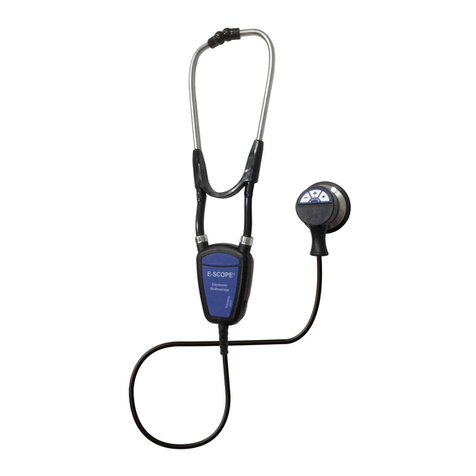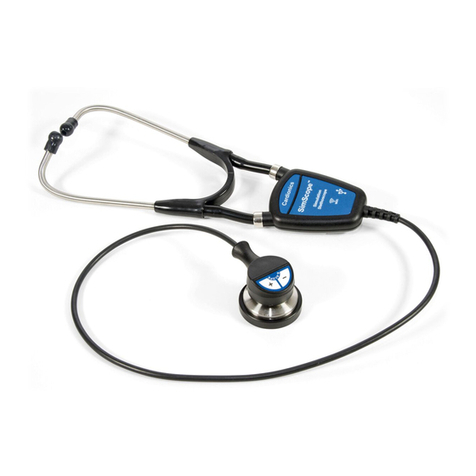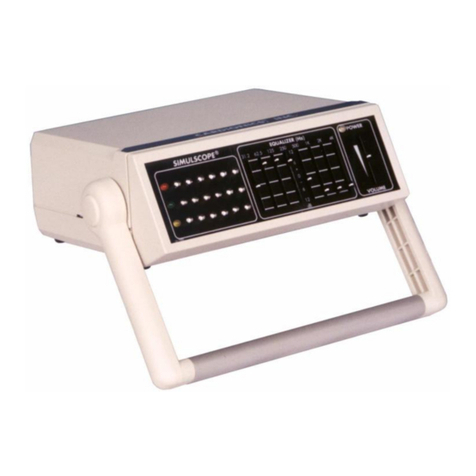
9.0 Limited Warranty
What this warranty covers:
1. Cardionics, Inc. warrants this product to be free of manufacturing defects in material
and workmanship for a period of one (1) year from the date of original consumer
purchase from Cardionics or an authorized dealer.
2. This written warranty is limited to the original consumer purchaser, transferable only
by written authorization of Cardionics, Inc.
3. All warranties, expressed or implied, made by Cardionics, including warranties of
merchantability and fitness are limited to the one (1) year period of this warranty.
Some states do not allow limitations on how long an implied warranty lasts, so the
above limitations may not apply to you.
4. This warranty is limited to repair of the product or replacement thereof, at the
discretion of Cardionics, Inc. Calibrations are considered normal maintenance and
are not included in the one year warranty.
What this warranty does not cover:
1. This warranty does not cover defects or damage resulting from use of the product
other than its normal, intended and customary use. This warranty does not cover
defects or damages from abnormal use, abnormal conditions, improper storage,
exposure to moisture or liquid, unauthorized modifications, repairs made by
unauthorized personnel, unauthorized connections (those not described in this
manual), misuse, neglect, abuse, accident, alternation, improper installation or other
acts which are not the fault of Cardionics, including damage caused by shipping.
2. Ausculettes which have had the serial number removed or made illegible.
3. Damage resulting from use of non-Cardionics approved accessories.
8






























